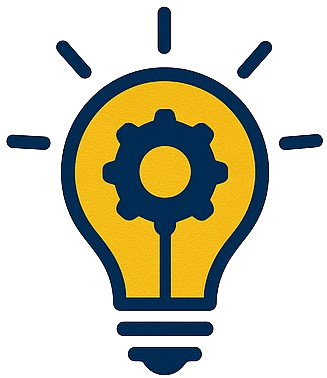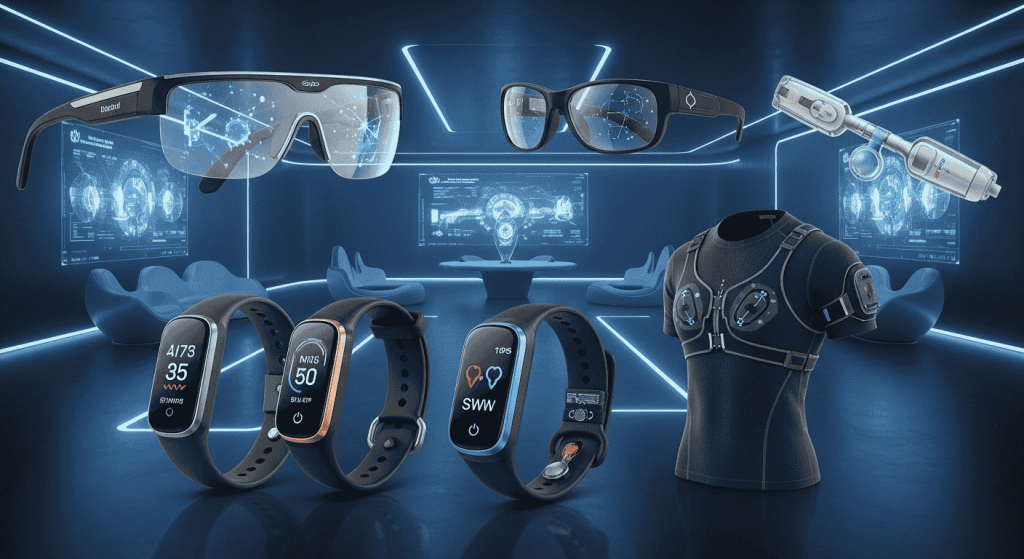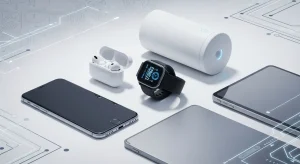Wearable technology has become a major part of our daily lives, evolving far beyond the traditional smartwatch. From fitness trackers and smart glasses to health-monitoring implants and smart fabrics, wearable tech is rapidly changing how we interact with the world.
In this post, we’ll explore the past, present, and exciting future of wearable devices, covering the latest wearable tech trends that go beyond smartwatches.
Top Tech Gadgets for Students Going Back to School (Fall 2025)
## A Quick Look Back: The Early Days of Wearables
The concept of wearable technology isn’t new. It started decades ago with devices like:
-
Hearing aids (first introduced in the early 1900s)
-
Calculator watches in the 1980s
-
Early heart rate monitors used by athletes in the 1990s
However, it wasn’t until the early 2010s that mainstream smartwatches and fitness trackers brought wearables into everyday use.
## Going Beyond Smartwatches: What’s Next?
While smartwatches remain popular, the rise of more advanced and diverse wearable devices signals a broader shift. Let’s look at how wearable technology is expanding.
### 1. Fitness Trackers That Do More Than Count Steps
Today’s fitness trackers monitor:
-
Heart rate
-
Sleep cycles
-
Blood oxygen levels
-
Stress levels
-
Even menstrual health
Advanced models like the WHOOP band and Fitbit Charge integrate AI to deliver personalized health insights.
Apple iPhone 16 Pro Max: Full Review, Specs & Features
### 2. Health Monitoring Devices: Saving Lives in Real Time
Medical-grade health monitoring devices are being used for:
-
Continuous glucose monitoring (CGM) for diabetics
-
ECG monitoring for heart patients
-
Blood pressure tracking
These innovations are revolutionizing preventive care and remote health diagnostics.
### 3. Smart Glasses: Augmented Reality On-the-Go
Brands like Meta and Ray-Ban have introduced smart glasses capable of:
-
Hands-free video recording
-
Voice commands
-
AR navigation
-
Real-time language translation
This category is expected to dominate the future of wearables as augmented reality becomes more mainstream.
Sustainable Tech: Eco-Friendly Gadgets and Practices
### 4. Wearable Tech in Fashion: Smart Clothing & E-Textiles
The intersection of fashion and wearable technology is giving birth to:
-
Temperature-regulating jackets
-
Yoga pants with posture correction alerts
-
Shoes that track gait and posture
-
Sportswear that measures muscle engagement
Smart clothing allows users to stay connected while enhancing comfort and performance.
## Table: Comparison of Popular Wearable Devices in 2025
| Device Type | Popular Models | Key Features |
|---|---|---|
| Smartwatch | Apple Watch, Galaxy Watch | Notifications, heart rate, GPS |
| Fitness Tracker | Fitbit Charge, WHOOP Band | Sleep, stress, heart rate monitoring |
| Smart Glasses | Ray-Ban Meta, XREAL Air | AR display, video, voice command |
| Medical Wearables | FreeStyle Libre, BioBeat | ECG, glucose, blood pressure tracking |
| Smart Clothing | Nadi X, Sensoria Socks | Muscle, posture, temperature monitoring |
## The Future of Wearable Tech: Where Are We Headed?
As AI and biotechnology continue to advance, the future of wearables may include:
-
Implantable chips for real-time health diagnostics
-
Brain-computer interfaces (BCI) for hands-free computing
-
Emotion-detecting sensors
-
Smart tattoos that change color based on vital signs
These futuristic wearable devices will not only boost performance but could play a critical role in healthcare and communication.
❓ FAQ: The Evolution of Wearable Technology
🔹 What is wearable technology?
Wearable technology includes smart electronic devices worn on the body, such as smartwatches, fitness trackers, or smart glasses, designed for convenience, health, and connectivity.
🔹 How are wearables used in healthcare?
Health monitoring devices track vital signs like heart rate, glucose levels, and oxygen saturation. They allow for remote patient monitoring and early detection of medical issues.
🔹 What is the future of wearable tech?
The future of wearables includes smart implants, AR glasses, smart fabrics, and AI-powered health monitors that enhance quality of life and health management.











